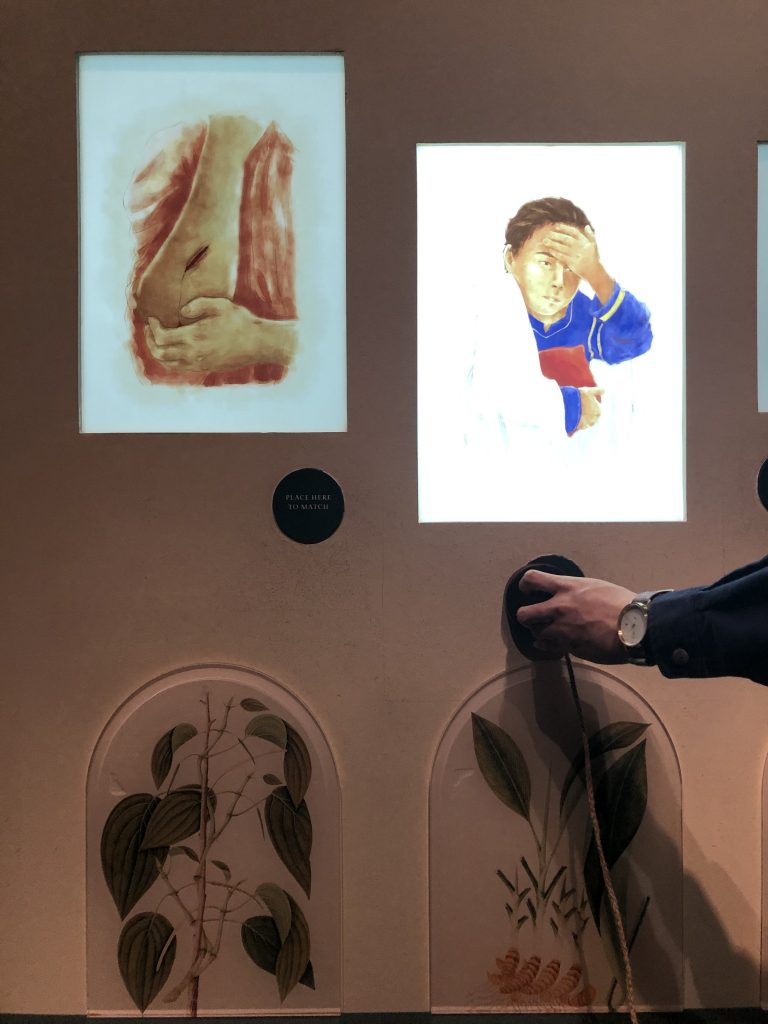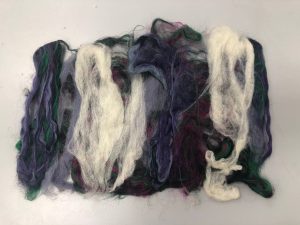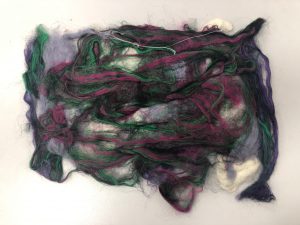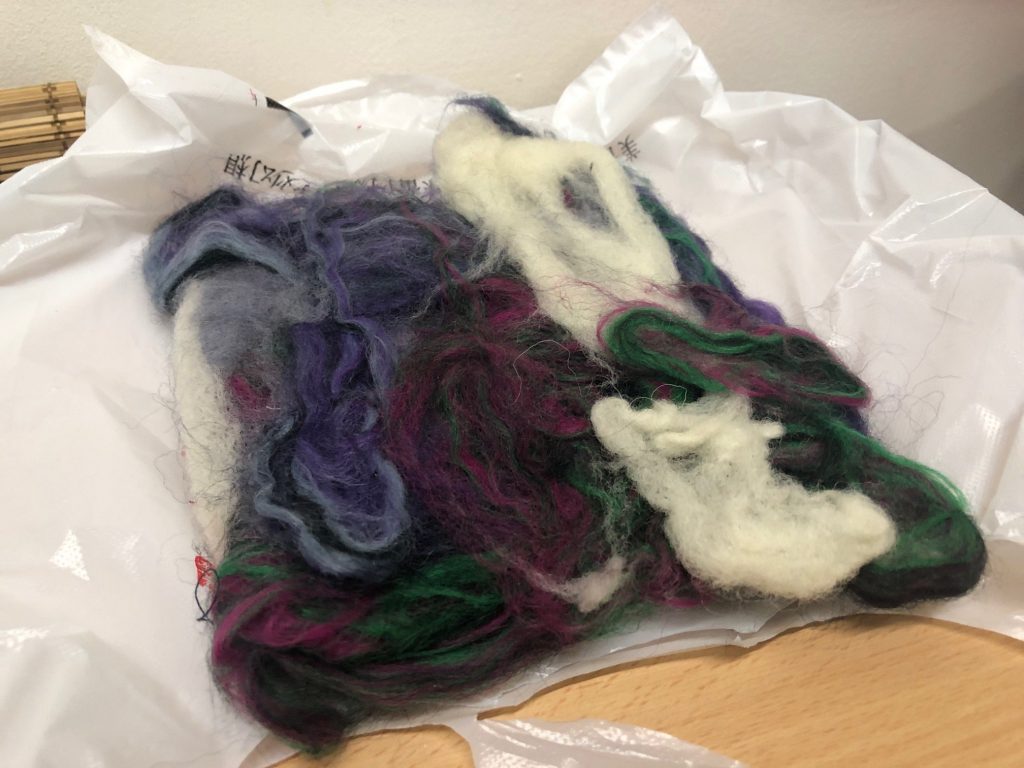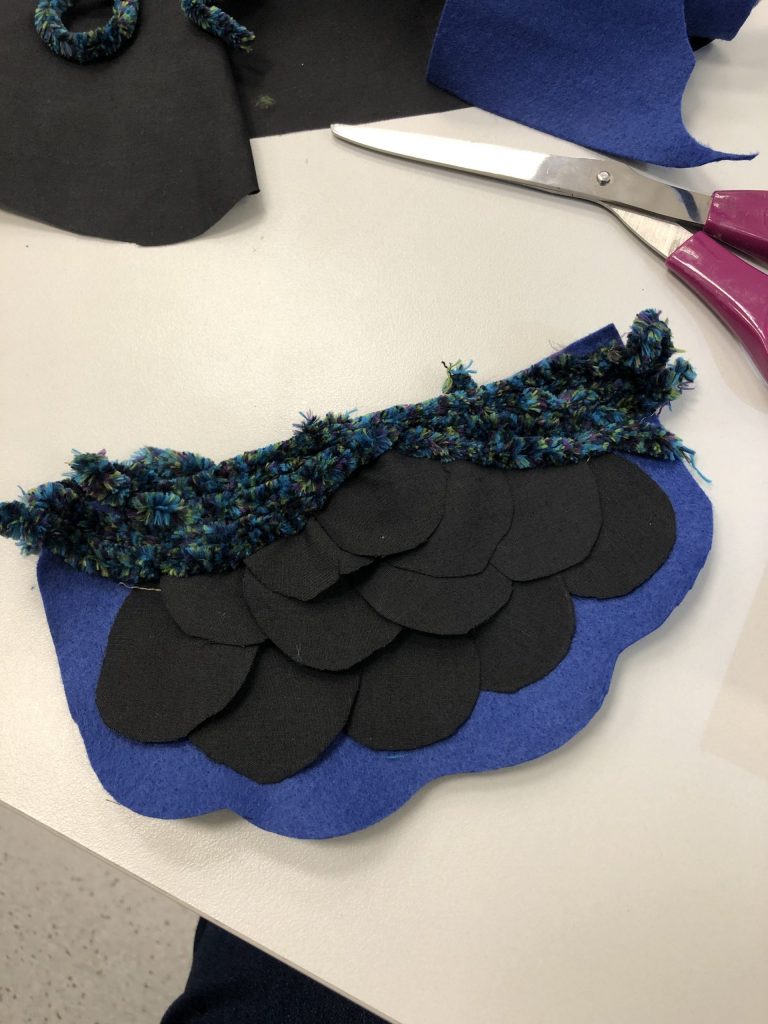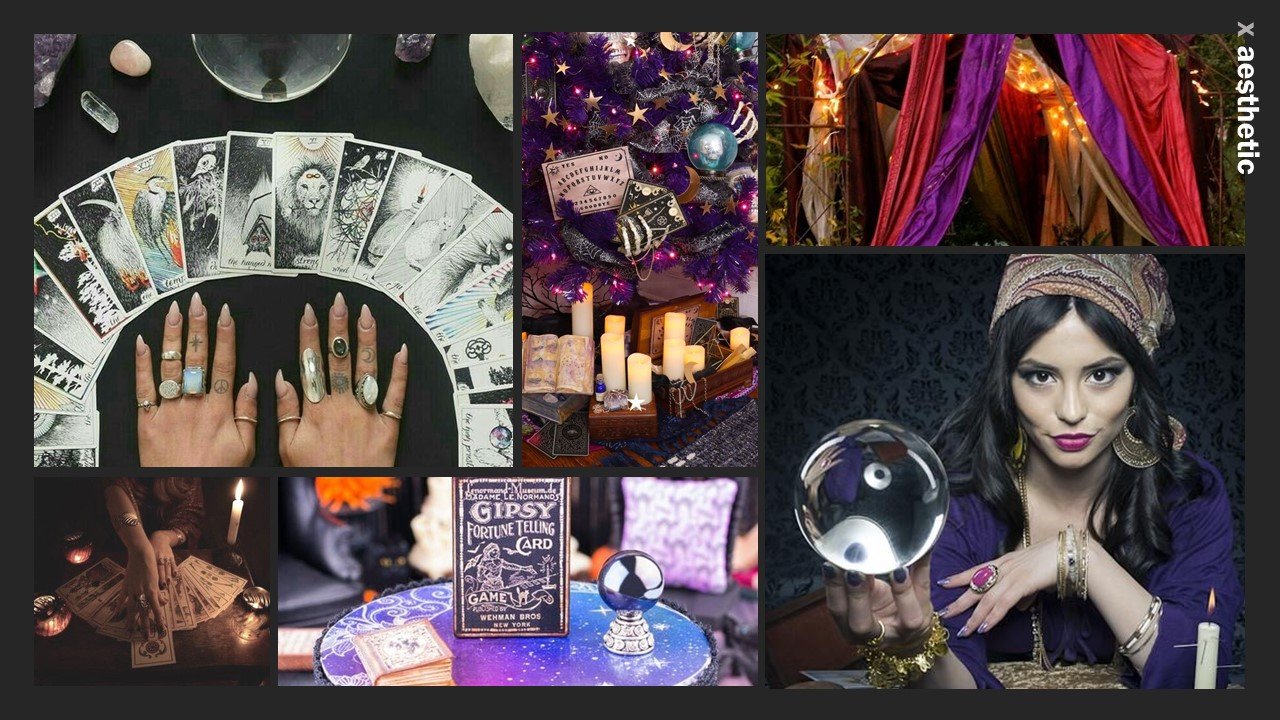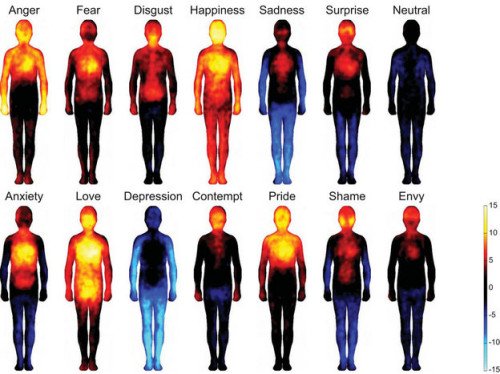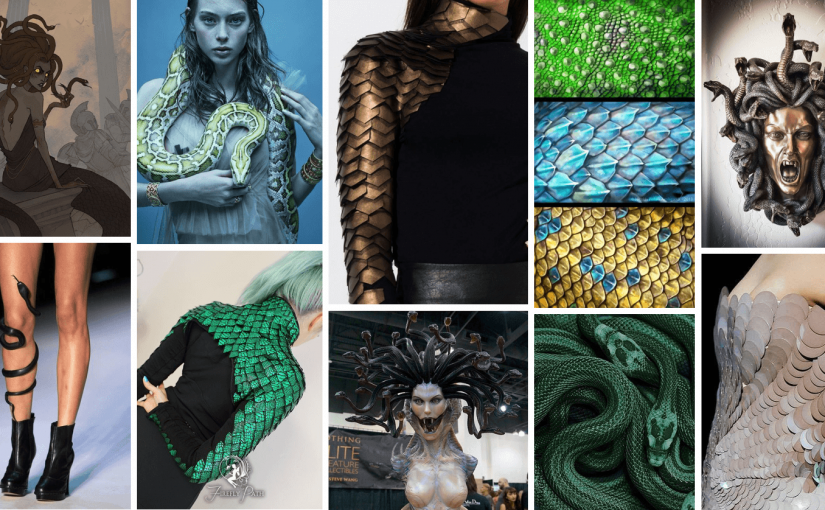Category: My Work
field trip // national museum
Before I talk about one installation, I shall give my general opinion on the field trip.
I have visited the National Museum a number of times and I had always enjoyed the Glass Rotunda exhibit. However, after today’s field trip, I have a deeper appreciation of the entire exhibit.
Maybe because I was too lazy to read the long chunk of text previously, I wasn’t aware that the Glass Rotunda exhibit was linked to Magic and Menace. To be very honest, even though I went to NMS many times, I never once visited Magic and Menace. So before today, I thought there was a disconnection between the Glass Rotunda exhibit and the rest of the museum, given that the rest of the museum was more historic while the Glass Rotunda was more, for the lack of a better word, “aesthetic”.
So I had a thought.
Is my inability to associate the Glass Rotunda exhibit to the history of Singapore caused by my laziness to read chunks of text or by the design and structure of the exhibit?
One thing I thought could help with the association would have been to place the Magic and Menace exhibition adjacent to the Glass Rotunda exhibit so the relationship between the two becomes clearer.
Or
Imagine walking through Magic and Menace and having a magical door that leads you into the Glass Rotunda exhibit from there.
Nonetheless, the Glass Rotunda exhibit doesn’t cease to amaze me every time I step into the space and now knowing more details, I’m in greater awe.
I guess the only “complain” I have is the proximity sensor at the last section of the exhibit that wasn’t reactive enough. The issue I felt was that the trees didn’t appear fast enough. From what I’ve gathered from taking Interactive modules so far, a comment that is often received is that feedback or reaction should happen instantaneously as to when an action is done. When there is a delay in feedback, people can’t associate their actions to that feedback so the outcome seems to appear random rather than on purpose.
I might have pointed out way too many bad points so I shall end it off more positively by saying that the exhibition was definitely an immersive experience which I believe is credited to the beautiful art as well as the sensory experience of using smells.
Now I shall move on to talk about one installation in the “An Old New World”.
The installation I have chosen is the one below.
Using this wooden, circle object, we are supposed to match the herb to its remedy. The audience is invited to pick up the circle object and match it to the correct image. When it is correctly matched, the image lights up.
I didn’t actually have time to read this station properly, but my guess it is to show how people in the past use traditional medicine instead of western medicine to treat ailments. So in terms of the association to the rest of the exhibition, I think it is pretty relevant.
Honestly, I thought the interaction and technology behind it were impressive. When I first touch the circle object, it didn’t feel “technological” so, in a way, they hid the technology well.
However…
I’m sorry to say, the feedback from the interaction was fairly disappointing. What do I mean by feedback? Basically how it communicates to the audience when you get it right or wrong.
Firstly, there was no indication if you got it wrong. Would have been more intuitive if there was red or green light behind the “Place here to match” marker.
Secondly, what was the association between the circle object and the herb? I think it lacks the visual element to contain the subject matter. For example, maybe in the circle object, the actual herb is contained inside it, then people can see the relation.
Thirdly, as mentioned by Shah, an animation might have served the purpose better. So when you correctly match it, the animation changes to when the person is healed. For example, for the cut on the arm, when accurately matched, the image of the arm changes to a healed wound. I believe this will help people better understand that the herbs are used as a healing technique.
Enough of the negatives.
So what can I learn from this?
It is important to take note of how your audience perceives the feedback. Every object in an installation should have an association with your subject matter to help the audience better understand your message.
In the context of my project, I guess what I should take note of the objects placed in my space, and figure out the user experience of it. How do you manipulate the space, objects and the artwork so that the audience interact with it the way you want them to?
wet and needle felting // surface design
We experimented with felting techniques using 2 methods; wet felting and needle felting.
Wet felting
Step 1: Fluff up the wool
Step 2: Combine different wools together and scrunch it up
Step 3: Add soap all over the wool in considerable amounts.
Step 4: Add hot water onto the wool
Step 5: Rub the wool together
Step 6: Let it dry
Voila, you have an unwoven material!
My mistake, when I heard that we were working with felting this week, I had assumed we were working with felt, so I bought felt instead of wool. Lo and behold, when I arrived in class and saw everyone holding onto balls of wool, I realised how stupid I was.
Luckily I had a yarn made of a small percentage of wool. And so, I used it to make my felt.
Honestly, I wasn’t too sure how much hot water and soap I had to apply to it, so I just went with whatever I felt was right. I may or may not have used too much soap.
So when I was rubbing the wool together, I wasn’t exactly sure whether it was working. I only noticed the outcome when the felt was dried.
However, I realised that the layer was too thin, and there were still many holes that needed to be covered up. Thus, I repeated the wet felting process again and folded it into half, here was the result.
It did came out stiffer but it didn’t exactly turn out the way I wanted, I believe the primary reason could be because the yarn that I used wasn’t 100% wool and also I think I should have rubbed the wool harder the first time.
Nonetheless, I’ve learned the process, and hopefully, I’ll be able to create an improved version during the recess week.
Needle Felting
When I first started poking the wool, I was bewildered because I didn’t think I was doing anything. But I soon realise, needle felting is a long process that requires time and patience.
So the technique is pretty simple. Gather some yarns together and poke it with the needle. Essentially, the needle fuses the fibres together to make it stiff, hence why it takes so long.
I kept it simple and just made a ball since I have never done needle felting before. It was actually pretty therapeutic, just with the occasional accidental stabbing of my hand with the needle.
But to be very honest, needle felting has been my least favourite so far. Primarily because the technique involves knowing what you want to make. Just a simple scroll through Pinterest, you’ll see people enjoy making animal figurines with needle felting and that isn’t really my style. So it would be interesting to try and create something abstract or experimental with needle felting.
(My needle felted ball went missing before I could take a photo 🙁 )
Applique
the mind reader // concept, moodboard, storyboard
the mind reader // concept
From the previous class discussion, what I gathered so far is that people are interested in the idea of guessing a person’s emotions or feelings.
That got me thinking of a different type of mind reading. For my previous research, it was heavily centered on psychological “mind-reading”, so I thought this time I would research more on “spiritual” mind-reading.
Methods of “spiritual” mind-reading:
- Crystal Ball/Cystallomancy
- Chiromastry/Palmistry/Palm reading
- Oracles
- Tarot/Card reading
- Astrology/Reading the stars
- Tasseography/Tea leaves reading
- Clairvoyance
- Cold reading
To be completely honest, I don’t really believe a crystal ball, some cards, or the wrinkles on your hand can read your future. But, no doubt it is fun to listen to sometimes (and the illustrations on the tarot cards are nice to look at).
IDEA??
What if the environment is the one reading your mind? Using biosensors such as heart rate sensor and body temperature, the environment will try and read your emotions and display its guess through atmospheric visuals and sounds.
Imagine a dark room with a shimmering crystal ball in the centre.
What do I do?
Research.
The big issue is that I have to conduct research with people to understand the correlation between people’s heart rate/body temperature with emotions. There are existing studies into these, and I figured that I should conduct my own research to back up those findings.
The next big question is whether I want to have scenarios in the room that will read and analyse their response.
My concern is whether by entering into a space, will the environment of the space or the atmosphere of a space have an effect on the emotions of the participants? Meaning, if I build my space to a certain vibe, then naturally people would come in with the same emotions that I have “created” from the space. Thus, defeating the purpose of my project of reading people’s emotion.
fusing plastic and water soluble thread // surface design
Second technique: Fusing Plastic
The plastics that were gathered from my online shopping can finally be put to good use.
With the idea of creating a serpent texture, I used several white/transparent plastic and fused it together. Adding some blue plastic straws as an accent colour. Also, to add a little texture on top of the plastic, I fused some bubble wrap.
Observations:
After some experimentation, I realised applying too much heat on bubble wrap will cause it to lose its shape. Also, fusing transparent or similar coloured plastic together, doesn’t have a significant outcome.
Third technique: Water Soluble
This was great fun but also a pain in the ass. I’m still very new to sewing, so I struggled a bit with using the sewing machine.
While stacking the threads on top of each other, the threads tend to stick with each other, causing movements in the bottom layer. While sewing, the original form also changed from its intended idea. (This is probably from my lack of skills in sewing. With a little more practice, I’m sure this wouldn’t be much of a problem.)
I struggled mainly with the sewing machine because the thread kept snapping, which was caused by the lack of threads for the bobbins.
Note: ALWAYS prepare the bobbin before starting to sew.
I’ll be experimenting more with the water-soluble technique soon. Keep a lookout for the update!
medusa // moodboard
Iridescent headpiece – https://youtu.be/-fviuL8D5vQ
Moving headpiece – https://youtu.be/kHIAPvJBf1w
biomimicry // research critique
1.0 Introduction to Biomimicry
Biomimicry derives from the Greek words, “bio” which means life and “mimesis” which means to imitate. Biomimicry encourages to look beyond the form or shape of an organism but to look into its “sustainable models constructed from complex natural systems”.
Janine Benyus describes biomimicry in three primary components:
- Nature as model – New solutions to human problems.
- Nature as measure – Ecology/evolution as the standard of what works.
- Nature as mentor – Learn from nature, not take from nature.
“This human thing is about control, whereas the natural thing is about liberation.” – John Bradford
2.0 Examples of Biomimicry
2.1 Velcro
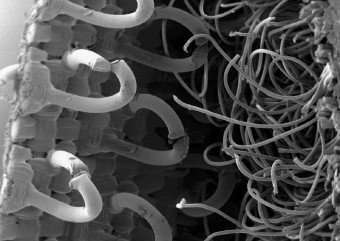
During a walk in the woods, an electrical engineer Georde de Mestral was curious as to why the burdock seeds clung to his coat and his dog. With the burs of a burdock plant as a source of inspiration, he invented the velcro as a fastener in 1941.
2.2 Morpho Butterflies

The structural colouration of insects, such as the Morpho butterflies, is the centre of focus of Researchers in the Advanced Fiber-Based Materials (AFBM) Center of Economic Excellence at Clemson University. They are looking into creating materials that display colour by making use of the interference of white light reflected from several layers within each fibre. This results in an iridescent effect where it changes colour depending on the viewing angle, without the use of harmful dyes.
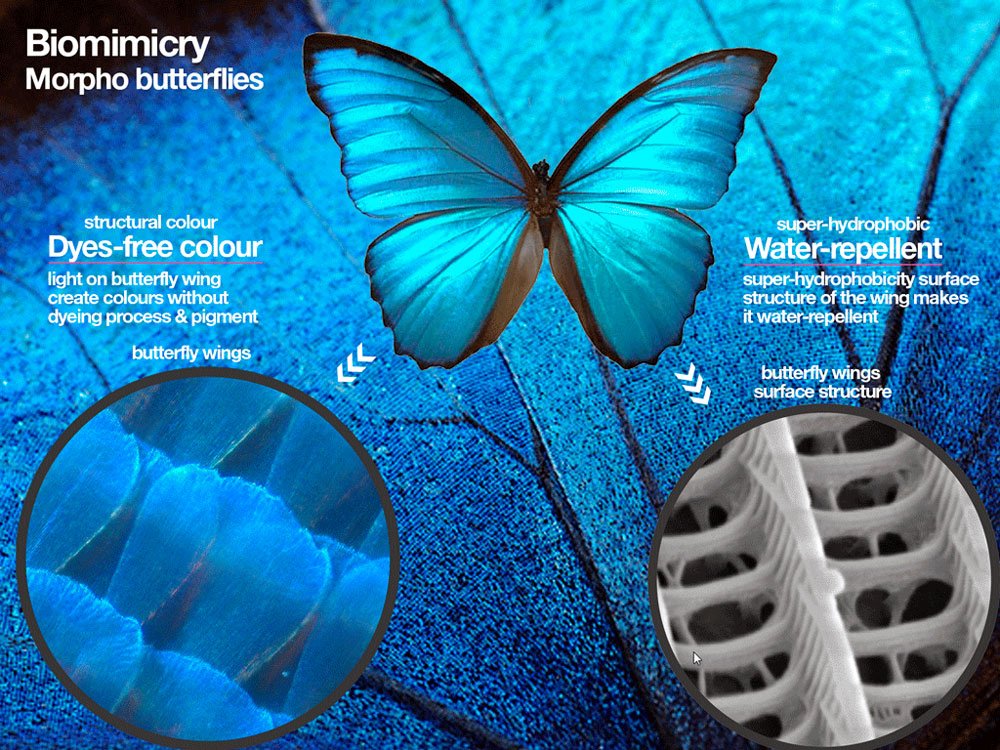
2.3 Snakeskin
3.0 Biomimicry in fashion
3.1 Morphotex
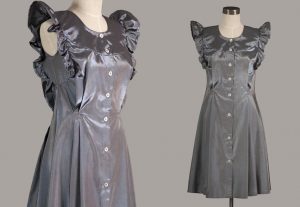
“A fabric that imitates the microscopic structure of the wing using nanotechnology. This innovation also saves on water and energy used in conventional dyeing.”
3.2 Fastskin Line by Speedo

Inspired from the shark’s sandpaper-like skin that reduces drag, the Fastskin Line by Speedo is the “world’s fastest swimsuit”. Deemed as “technological doping”, it is banned from use in competitive swimming.
4.0 Conclusion
To end this off, from my research into biomimicry, I believe there are still so much of the natural environment that we can study from. The fashion industry is the second biggest polluters on the planet, and it is about time we look into sustainable fashion for the future.
“Design is not just about product. Design is about responsibility.”
References:
https://animals.howstuffworks.com/insects/butterfly-colors.htm
http://www.osmosis-industries.com/digital/2015/4/21/nature-inspired-fashion-design-through-the-theory-of-biomimicry



